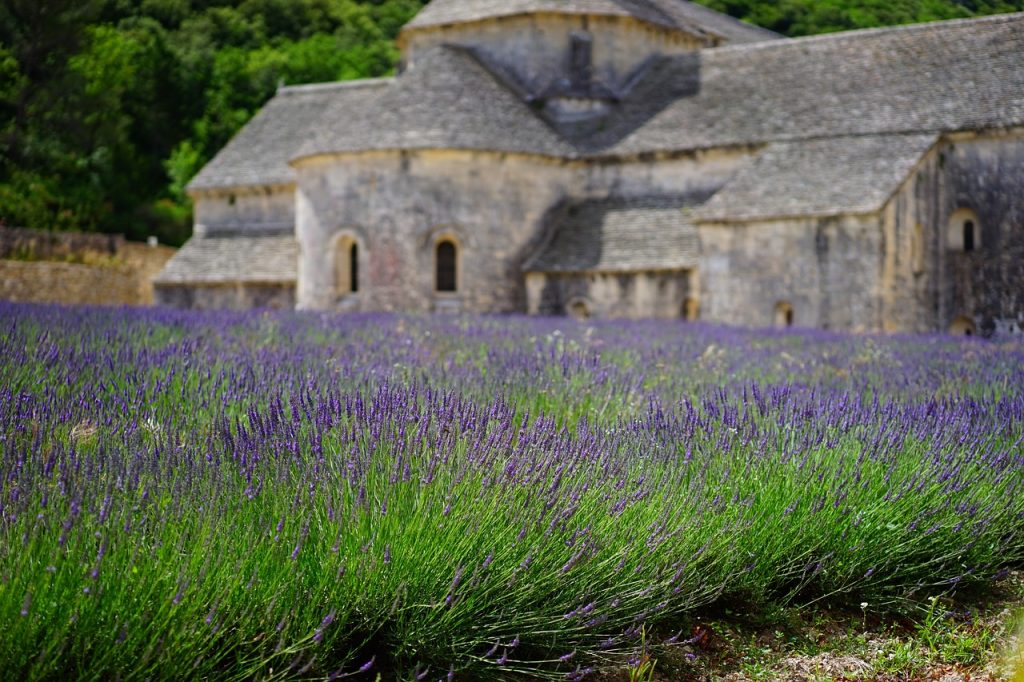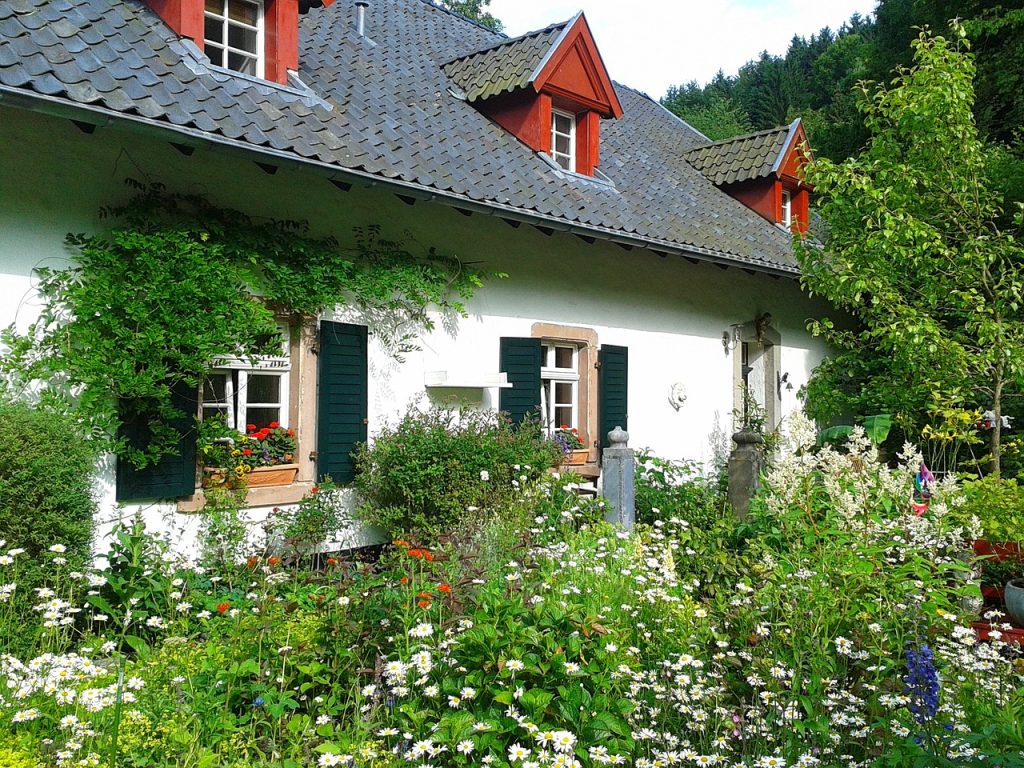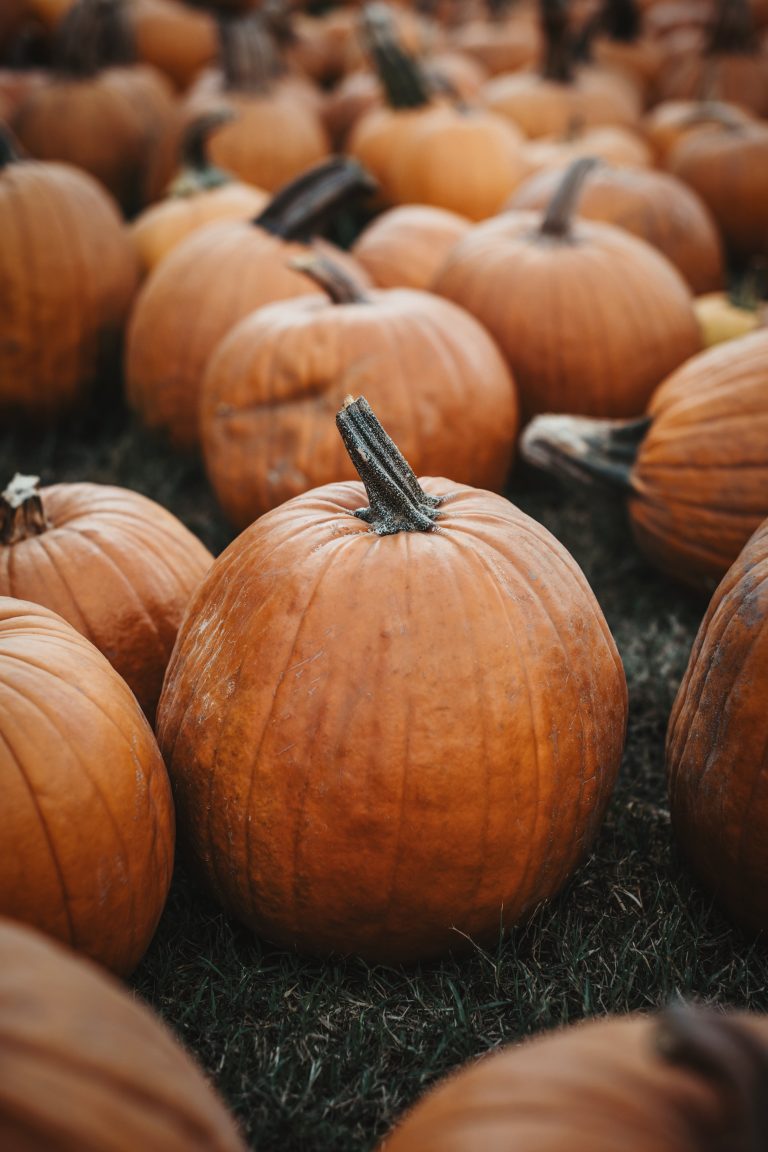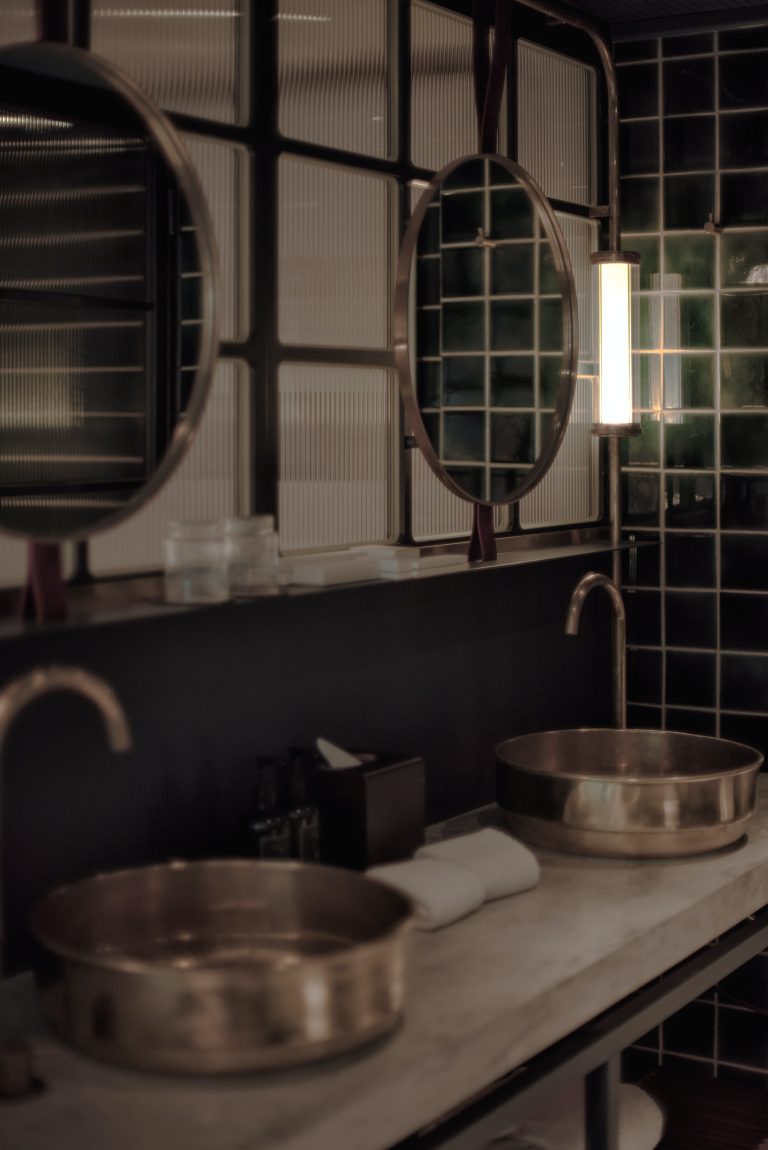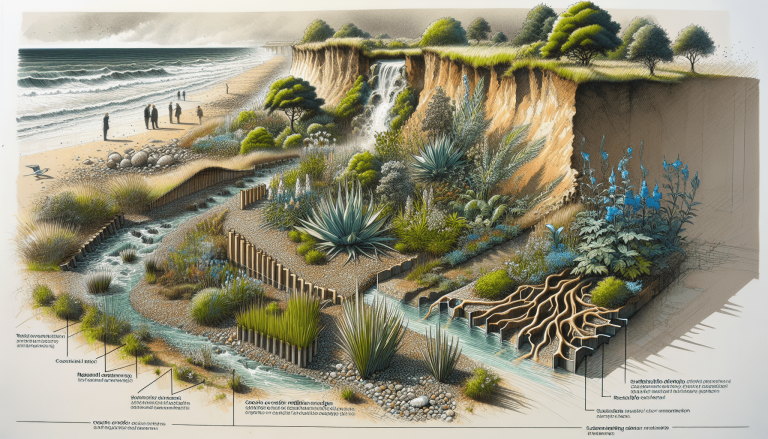Ah, the allure of a traditional English cottage garden in the heart of the UK! With its abundance of colorful flowers, whimsical pathways, and a touch of rustic charm, creating your own slice of cottage heaven may seem like a daunting task. But fear not, for with a few simple steps, you too can transform your outdoor space into a picturesque haven befitting of your wildest English garden dreams. From selecting the perfect mix of plants to incorporating charming accessories, join us as we uncover the secrets to designing your very own idyllic cottage garden in the UK.
Table of Contents
ToggleChoosing the Right Location
When creating a cottage garden in the UK, it’s important to start by choosing the right location. Consider the climate of your region, as certain plants thrive in different conditions. The UK experiences a temperate maritime climate, with mild winters and cool summers. This means that a wide variety of plants can thrive in this environment. Assess the amount of sunlight and shade your garden receives throughout the day. Most cottage garden plants prefer a sunny location, but some can tolerate partial shade. Finally, examine the type of soil in your garden. Cottage gardens typically flourish in well-draining soil, so if your soil is heavy or clay-based, you may need to make amendments.
Considering the Climate
The UK’s temperate maritime climate is ideal for creating a cottage garden. This climate allows for a wide range of plants to thrive, including both native and non-native species. However, it’s important to choose plants that are suitable for your specific region within the UK. Take into account the average winter temperatures and the potential for frost. Certain plants may need extra protection during cold spells or may not be able to survive in particularly frost-prone areas. Consider using hardy perennials and evergreen shrubs that can tolerate the UK climate year-round.
Assessing Sunlight and Shade
Cottage gardens are known for their abundance of vibrant and colorful flowers, which typically require plenty of sunlight to thrive. Assess the amount of sunlight your garden receives throughout the day to determine which plants will flourish in the available light. If your garden has areas of heavy shade, consider incorporating shade-tolerant plants such as ferns or woodland flowers. Planning your garden layout according to the sunlight and shade patterns will help ensure the success of your cottage garden.
Examining Soil Type
The type of soil in your garden will greatly affect the success of your cottage garden. Cottage gardens tend to thrive in well-draining soil that is rich in organic matter. Heavy clay soils can become compacted and waterlogged, leading to poor plant growth. Sandy soils, on the other hand, can drain too quickly, causing plants to dry out. If your soil is not already suitable, you can improve it by adding organic matter such as compost or well-rotted manure. This will help improve drainage, fertility, and overall soil structure, creating the ideal environment for your cottage garden plants.
Designing Your Cottage Garden
After choosing the right location for your cottage garden, it’s time to move on to designing your garden. The design of a cottage garden is typically informal and relaxed, reflecting its rustic and natural charm.
Selecting the Right Plants
When selecting plants for your cottage garden, aim for a diverse mix of flowers, herbs, and shrubs. Traditional cottage garden flowers such as roses, delphiniums, and foxgloves are popular choices due to their vibrant colors and cottage garden aesthetic. Consider including a variety of heights, textures, and bloom times to create visual interest throughout the year. This will ensure that your garden has an ever-changing display of color and will attract a wide range of pollinators and wildlife.
Creating Paths and Separating Beds
In a cottage garden, paths and separated beds can add structure and create an organized layout. Paths can be made using a variety of materials, such as gravel, stepping stones, or natural flagstones. Consider creating curving paths to add a sense of whimsy and avoid straight lines that can make the garden feel too formal. Separating the beds with low hedges, picket fences, or borders made of natural materials like woven willow can help define different areas of the garden and add visual interest.
Adding Structure and Focal Points
To add depth and visual interest to your cottage garden, incorporate structures and focal points. Arbors, trellises, and pergolas covered in climbing plants can create vertical interest and provide support for vines and creepers. Consider adding a rustic bench, a birdbath, or a small sculpture to provide a focal point within the garden. These structures and focal points can be used to divide the space, create depth, and draw the eye to specific areas.
Preparing the Soil
Before you start planting in your cottage garden, it’s crucial to prepare the soil properly. This will ensure that your plants have the best possible start and will be able to establish themselves successfully. There are several steps you can take to prepare the soil for your cottage garden.
Clearing the Area
Start by clearing the area of any existing vegetation, including weeds, grass, and debris. Remove any large stones or rocks and level the ground if necessary. This will create a clean slate for your cottage garden and prevent competition from unwanted plants.
Improving Drainage
Cottage gardens thrive in well-draining soil, so it’s important to improve drainage if your soil is heavy or prone to waterlogging. This can be done by adding organic matter such as compost or well-rotted manure. Work the organic matter into the soil to improve its structure, allowing excess water to drain away more easily.
Adding Organic Matter
Adding organic matter to the soil is a key step in preparing your cottage garden. Organic matter improves soil fertility, structure, and moisture retention. It also provides essential nutrients for your plants. Incorporate well-rotted compost, leaf mold, or manure into the top layer of soil. This will help create a nutrient-rich environment for your cottage garden plants to thrive.
Choosing Cottage Garden Plants
Choosing the right plants is essential to achieve the characteristic charm of a cottage garden.
Selecting Traditional Cottage Garden Flowers
Traditional cottage garden flowers are a staple in a cottage garden. These include classic favorites such as roses, delphiniums, peonies, and foxgloves. These plants are known for their vibrant colors, sweet scents, and old-fashioned charm. Consider selecting a mix of annuals and perennials to ensure your garden has color throughout the growing season.
Including Climbing Plants
Climbing plants can add vertical interest and help create a lush and dense look in a cottage garden. Roses, clematis, and honeysuckle are popular choices for climbing plants in a cottage garden. Train them to grow up trellises, pergolas, or along fences to create a beautiful backdrop for your garden.
Incorporating Fragrant Herbs
Herbs not only have culinary and medicinal uses but can also add fragrance and texture to your cottage garden. Lavender, thyme, rosemary, and sage are excellent choices for adding both fragrance and visual interest. Place them in sunny spots throughout your garden or create dedicated herb beds.
Planting and Arranging
Once you have chosen your plants, it’s time to start planting and arranging them in your cottage garden.
Determining Spacing
Proper spacing is essential for the healthy growth and development of your cottage garden plants. Overcrowding can lead to competition for resources and increased risk of disease. Follow the recommended spacing guidelines for each plant to ensure they have enough room to grow and thrive. This will also allow for proper air circulation, reducing the risk of fungal diseases.
Planting Techniques
When planting your cottage garden plants, dig a hole that is slightly larger than the root ball of the plant. Place the plant in the hole, ensuring that it is at the same depth as it was in its original container. Backfill the hole with soil, gently firming it around the roots. Water the newly planted plant thoroughly to settle the soil.
Creating Layers and Mixing Plants
To create a natural and lush look in your cottage garden, consider planting in layers and mixing different types of plants together. Plant taller perennials and shrubs towards the back of the bed, with shorter plants in the middle and front. This will create depth and allow each plant to be seen. Mixing different colors, textures, and flower shapes will create a visually appealing and dynamic garden.
Caring for Your Cottage Garden
Maintaining your cottage garden is essential to keep it looking its best and ensure the longevity of your plants.
Watering and Irrigation
Proper watering is crucial for the health of your plants. Water deeply and infrequently to encourage deep root growth. Check the moisture level of the soil regularly and water when the top few inches are dry. In dry spells or during times of prolonged heat, you may need to water more frequently. Consider installing a drip irrigation system to ensure even watering.
Mulching and Weed Control
Mulching helps retain moisture, suppresses weeds, and improves soil health. Apply a layer of organic mulch, such as wood chips or compost, around your plants. This will help conserve soil moisture, prevent weed growth, and provide nutrients as it breaks down. Regularly remove any weeds that do appear to prevent them from competing with your plants for resources.
Pruning and Deadheading
Regular pruning and deadheading are important for maintaining the shape, health, and appearance of your cottage garden plants. Prune shrubs and trees when necessary to remove dead, damaged, or crossing branches. Deadheading spent flowers will promote new blooms and keep your garden looking tidy. Take care to prune at the appropriate time for each plant to avoid removing flower buds.
Dealing with Pests and Diseases
No garden is immune to pests and diseases, but there are steps you can take to identify, prevent, and treat common issues in your cottage garden.
Identifying Common Garden Pests
Learn to identify common garden pests that may affect your cottage garden plants. Aphids, slugs, snails, and caterpillars are some of the most common pests found in gardens. Regularly inspect your plants for signs of pest damage, such as chewed leaves, distorted growth, or sticky residue. Identifying the pest early will allow for quicker and more effective action.
Implementing Natural Pest Control Methods
In a cottage garden, it’s best to rely on natural pest control methods to minimize harm to beneficial insects and the environment. Encourage beneficial insects, such as ladybugs and lacewings, by planting flowers that attract them. Use physical barriers, such as netting or cloches, to protect vulnerable plants. Handpick larger pests, like slugs and snails, and use natural deterrents like beer traps or organic sprays.
Diagnosing and Treating Diseases
Cottage garden plants are susceptible to various diseases, such as powdery mildew, black spot, and root rot. Regularly inspect your plants for signs of disease, including discolored leaves, spots, or unusual growth. If you suspect a disease, promptly remove and dispose of affected plant parts to prevent further spread. Treat diseased plants with appropriate organic or chemical treatments as recommended.
Attracting Wildlife to Your Cottage Garden
Creating a cottage garden provides an opportunity to attract wildlife and enhance the biodiversity of your outdoor space.
Creating a Wildlife-Friendly Habitat
To attract wildlife to your cottage garden, create a habitat that provides food, water, and shelter. Incorporate a variety of plants that provide nectar, berries, or seeds for birds, bees, and butterflies. Install bird feeders and birdbaths to provide a year-round food and water source for birds. Consider adding features like rock piles, log piles, or insect hotels to provide shelter for beneficial insects.
Choosing Plants for Pollinators
Pollinators play a vital role in the ecosystem, and attracting them to your garden can benefit both the insects and your plants. Choose plants that are rich in nectar, such as lavender, foxgloves, and salvias, to attract bees, butterflies, and other pollinators. Avoid using pesticides, as they can harm beneficial insects and disrupt the delicate balance of your garden ecosystem.
Providing Food and Shelter
To attract a wider variety of wildlife, consider incorporating plants that produce berries or seeds. These will provide a food source for birds and small mammals. Nesting boxes, bee houses, and bat boxes can provide shelter for these creatures, encouraging them to make your garden their home. Additionally, creating a water source, such as a small pond or a shallow bowl filled with water, will attract frogs, toads, and beneficial insects.
Seasonal Tasks and Maintenance
To keep your cottage garden looking its best, regular maintenance and seasonal tasks are necessary.
Spring Cleaning and Preparation
In spring, prepare your cottage garden for the growing season. Remove any remaining dead foliage, weeds, or debris. Divide and transplant any overgrown perennials. Prune shrubs and roses, removing dead wood and crossing branches. Apply a slow-release, balanced fertilizer to promote healthy growth. It’s also a good time to sow seeds or plant young plants for summer blooms.
Summer Maintenance
During the summer months, your cottage garden will be in full swing. Regular watering, especially during dry spells, is crucial. Deadhead spent blooms to encourage continued flowering. Check for signs of pests or diseases and take appropriate action. Keep pathways clear and tidy, regularly removing any weeds that may appear. As needed, trim back any overgrown plants to maintain the desired shape and prevent crowding.
Autumn Cleanup and Winter Protection
As autumn approaches, start tidying up your garden in preparation for winter. Trim back spent perennial foliage and cut back annuals that have finished flowering. Remove fallen leaves to prevent them from smothering the plants or providing a haven for pests and diseases. Apply a layer of organic mulch around your plants to provide insulation and protect the roots from freezing temperatures. Consider protecting more tender plants with fleece or moving them to a sheltered spot.
Enjoying and Sharing Your Cottage Garden
A cottage garden not only provides a beautiful retreat for you to enjoy but can also be a space to share with others.
Creating Outdoor Living Spaces
Enhance the enjoyment of your cottage garden by creating outdoor living spaces. Add a seating area, such as a bench, table and chairs, or a cozy corner with cushions and a coffee table. Surround these areas with fragrant plants or climbers to create a peaceful and inviting atmosphere. Consider installing a pergola or arbor with climbing plants to provide additional shade and privacy.
Organizing Garden Events
Your cottage garden can be a beautiful setting for hosting garden events or gatherings. Consider organizing tea parties, picnics, or outdoor dinners for friends and family. Arrange seating areas or picnic blankets and decorate with fresh flowers from your garden. Your cottage garden will provide a charming backdrop for memorable moments and create a welcoming atmosphere for your guests.
Sharing Plants and Cuttings
Part of the charm of a cottage garden is its ability to be shared. If you have excess plants or cuttings, consider sharing them with friends, family, or neighbors who have an interest in gardening. Offer them advice on how to care for the plants and encourage them to create their own cottage gardens. This not only spreads the joy of gardening but also helps preserve and pass on the traditions of the cottage garden style.
Creating a cottage garden in the UK is a delightful endeavor, allowing you to bring the charm and beauty of this traditional gardening style into your own outdoor space. By carefully choosing the right location, selecting the appropriate plants, and providing the necessary care and maintenance, you can create a haven that will bring you joy for years to come. So roll up your sleeves, grab your gardening tools, and get ready to embark on a delightful journey of creating your very own cottage garden oasis.

